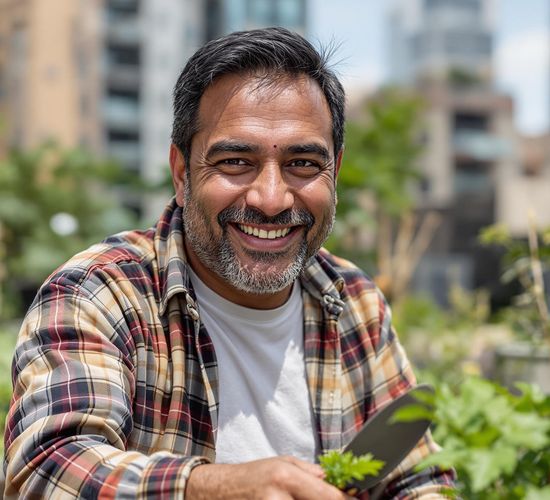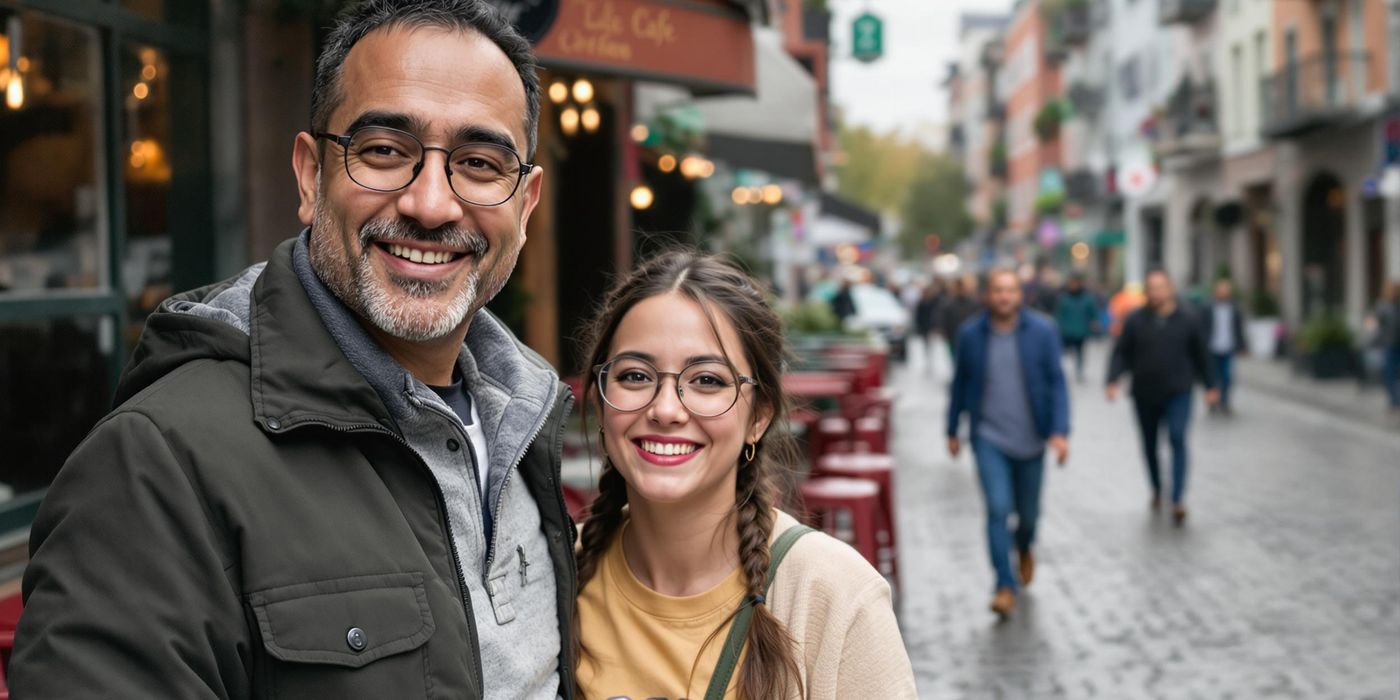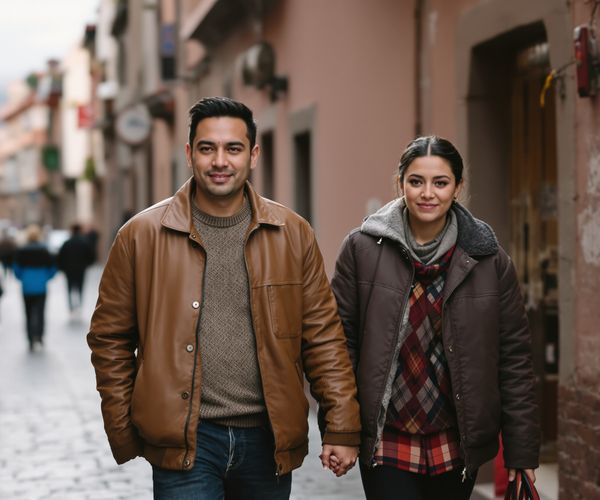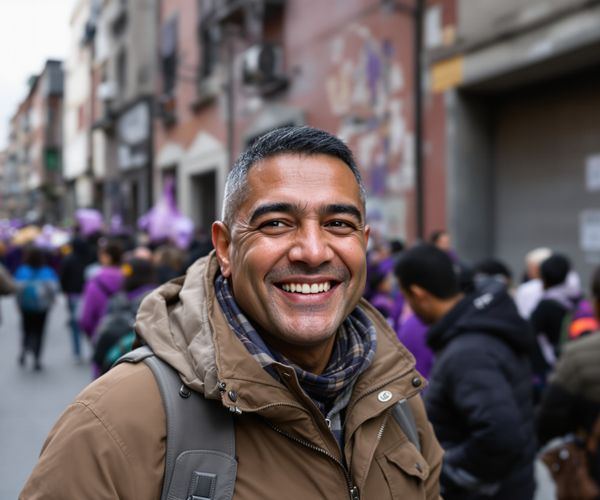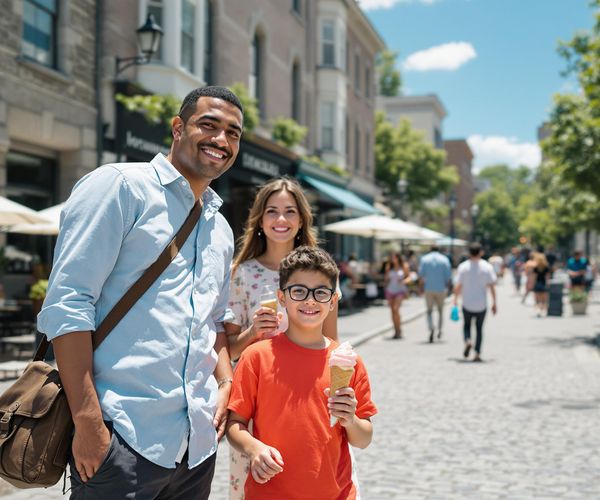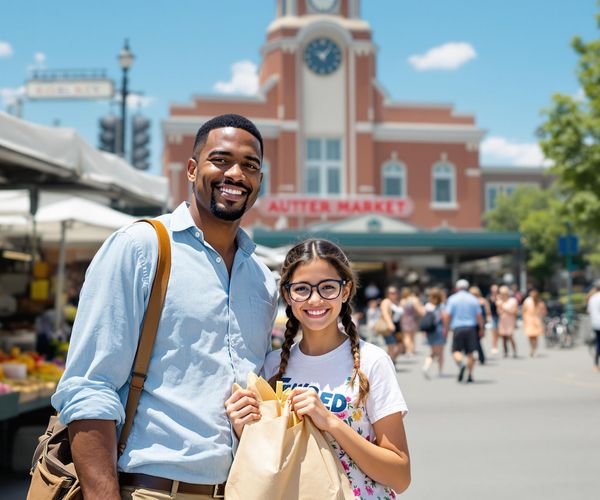As someone who moved from the historic city of Huancavelica, Peru, to the vibrant streets of Montreal, Canada, I've come to appreciate the profound impact that travel can have on our understanding of the world and ourselves. However, it's not just about ticking off destinations on a list; it's about immersing ourselves in the culture, history, and environment of a place. This is where the art of slow travel comes in, offering a more meaningful and enriching experience.
What is Slow Travel?
Slow travel is more than just a leisurely vacation; it's a mindful approach to exploring destinations. Unlike conventional, fast-paced tourism, slow travel emphasizes quality over quantity, encouraging travelers to take their time and delve deeper into the essence of a place.
The concept of slow travel finds its roots in the slow food movement, which emerged in Italy in the 1980s as a response to the rise of fast food and the homogenization of culinary traditions. Just as the slow food movement advocates for savoring local ingredients and culinary heritage, slow travel promotes a more sustainable and authentic way of experiencing the world.
At its core, slow travel is about connecting with the local culture, history, and environment of a destination. It's about engaging with the people, traditions, and stories that make a place unique, rather than simply passing through as a tourist.
The Allure of Huancavelica: A Personal Connection
Growing up in Huancavelica, a city nestled high in the Andes Mountains of Peru, I was surrounded by history, craftsmanship, and vibrant local culture. My grandfather, a skilled carpenter, instilled in me a deep appreciation for the traditions and artistry of our region.
Huancavelica is a city steeped in history, with its colonial architecture, bustling markets, and ancient Inca ruins. The city's cultural identity is shaped by its indigenous heritage, with traditional festivals, music, and dance playing an integral role in daily life. One example is the Fiesta de las Cruces, where the community comes together to celebrate with vibrant processions and traditional foods. Culinary practices, such as the preparation of Pachamanca (a traditional Peruvian dish cooked in an earth oven), also offer a glimpse into the region's rich cultural heritage.
This upbringing shaped my approach to travel, fostering a desire to connect with the places I visit on a deeper level. It taught me to seek out authentic experiences, to engage with local communities, and to appreciate the unique stories that each destination has to offer.
Benefits of Slow Travel
The benefits of slow travel extend far beyond a more relaxed pace. By slowing down and immersing ourselves in the local culture, we can gain a deeper understanding of the world and ourselves. Slow travel allows for deeper cultural immersion, reduced stress, and enhanced well-being. It offers the opportunity to create meaningful connections with local communities and gain a deeper understanding of the world around us.
One of the most significant advantages of slow travel is the opportunity to connect with local communities. By spending more time in a place, we can build relationships with the people who live there, learn about their traditions, and contribute to their local economies. This can involve staying in locally-owned accommodations, eating at family-run restaurants, or participating in community-based tourism initiatives.
Financially, slow travel can also be more accessible. By opting for longer stays in fewer locations, travelers can often find affordable accommodations, such as guesthouses or apartments, and reduce transportation costs. Additionally, slow travel encourages the use of public transportation, cycling, or walking, which can further reduce expenses.
Moreover, slow travel offers environmental benefits. By choosing sustainable transportation options, supporting local businesses, and minimizing our consumption, we can reduce our carbon footprint and contribute to the preservation of the environment.
Embracing History and Cultural Preservation Through Slow Travel
Slow travel provides a unique opportunity to delve into a destination's history and cultural heritage. By visiting historical sites and museums at a relaxed pace, we can gain a more profound understanding of the events and traditions that have shaped a place.
As a restoration technician specializing in historical buildings in Montreal, I understand the importance of preserving our cultural heritage. My work involves carefully restoring and maintaining the architectural treasures of the city, ensuring that they remain for future generations to appreciate. This passion for cultural preservation extends to my travels, where I seek out opportunities to support local artisans, visit historical sites, and learn about the traditions of the communities I encounter.
Supporting local artisans and cultural preservation efforts is an essential aspect of slow travel. By purchasing handmade crafts, attending cultural performances, and visiting local museums, we can contribute to the preservation of traditional skills and knowledge. This not only enriches our travel experiences but also helps to sustain the cultural identity of the communities we visit.
Slow Travel in Practice: Practical Tips and Examples
Planning a slow travel experience doesn't have to be complicated. Here are a few practical tips to get you started:
- Choose a single destination and stay longer.
- Explore off-the-beaten-path locations.
- Engage with local communities.
- Learn the local language.
- Take cooking classes.
- Volunteer.
Some examples of slow travel experiences include:
- Road trips through scenic landscapes
- Cultural home stays with local families
- Participation in local festivals and celebrations
Montreal: A Local's Perspective
Even in a bustling city like Montreal, it's possible to experience the joys of slow travel. As a resident of this vibrant metropolis, I've discovered numerous ways to connect with the city's history, culture, and community.
Montreal boasts a wealth of historical sites, cultural events, and local experiences that align with the principles of slow travel. From exploring the cobblestone streets of Old Montreal to visiting the Montreal Museum of Fine Arts, there are endless opportunities to delve into the city's rich heritage. The city's diverse neighborhoods, such as Little Italy and Chinatown, offer a glimpse into the cultural mosaic that makes Montreal so unique.
To experience Montreal like a local, I recommend using public transportation, visiting local markets, and sampling the city's diverse cuisine. Taking a leisurely stroll through Mount Royal Park, attending a concert at the Montreal Symphony Orchestra, or simply enjoying a coffee at a local café are all ways to savor the city's unique atmosphere.
Discover the art of slow travel with insights from Juan, a restoration technician, who shares how to appreciate the journey and delve deeper into local culture and history.

